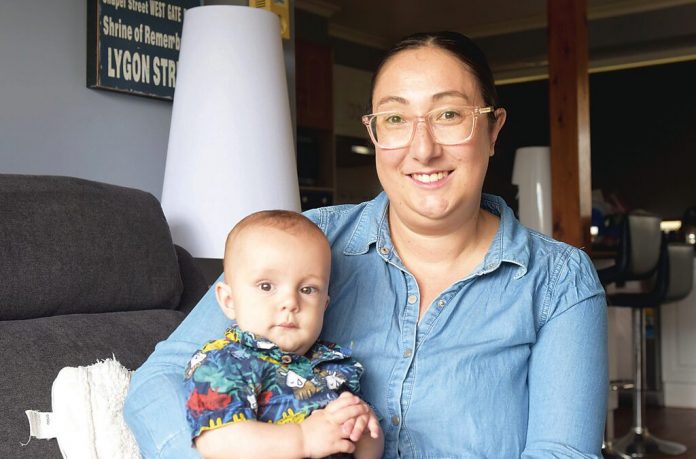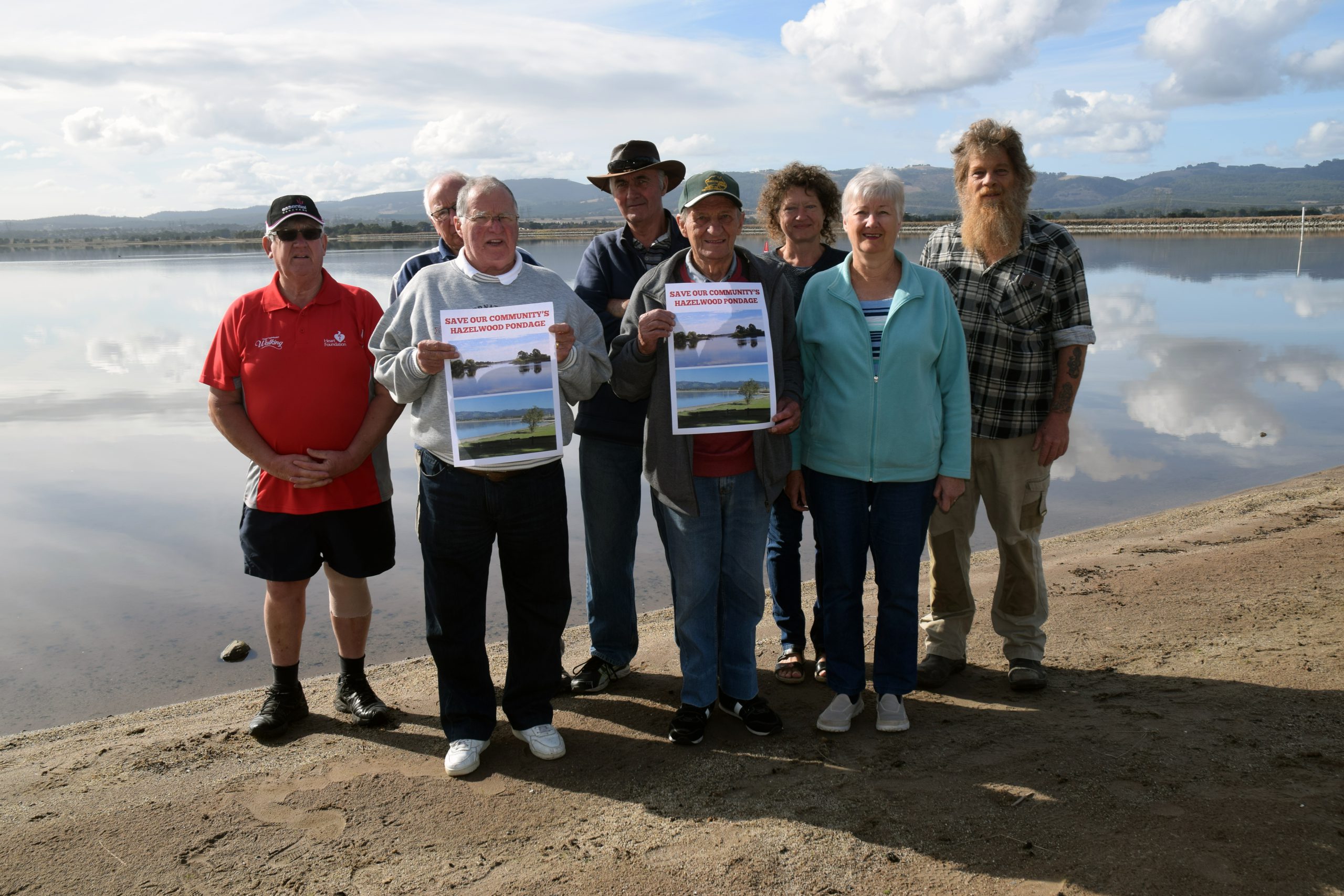
ZAIDA GLIBANOVIC
By ZAIDA GLIBANOVIC
WHEN Kate Taylor decided to return to her job as a preschool teacher after maternity leave, her biggest issue wasn’t finding work, it was finding childcare for her eight-month-old son. Traralgon, where Ms Taylor lives, has been crying out for childcare workers. Ms Taylor is one of nine million Australians on average who live in a childcare “desert,” where open spots outnumber kids under five by a factor of three or more. A Study by the Mitchell Institue, entitled ‘Childcare Deserts & Oases: How Accessible Is Childcare In Australia?’ found the Latrobe Valley region is considered a childcare desert with 3.26 children competing for every one childcare place. In Traralgon alone, between 2.52 and 3.99 children compete for each childcare place, depending on the neighbourhood. Ms Taylor is still looking for accessible childcare for her son. “Pretty much since Lincoln was born, when he was a couple weeks old, I contacted all the childcare centres to get his name down,” she said. “We wont get one this year, we’ve been told. “I contacted one of the centres at the start of the year and was told we were only half way up the list, but we applied in July last year. “We’ve contacted Little Saints, all the Good Start’s, three in Traralgon and the two in Morwell, and Council’s Traralgon Early Learning Centre, and their wait list was closed.” For Ms Taylor to get back to work, she has called upon her 70-year-old mother to care for her child. Ms Taylor is not alone in her struggles. “My friend who’s a nurse and has twins can’t go back to work in May because it’s the same thing. She can’t get childcare and (with) twins it’s even harder,” she said. The lack of accessible childcare in the region impacts family income. “If I didn’t have my mum looking after him it’d be probably about $600 a week we’d lose, and with the cost of living everything gone up, the mortgage has gone up, food has gone up it’s just not really an option not to go back to work,” Ms Taylor said. Ms Taylor has knowledge in the field, being a preschool teacher and having worked in childcare. “I think we need to find a way to attract more educators to the profession and reduce a lot of the paperwork, red tape and rules and regulations, I think that’ll attract more people to the field,” she said. “One of the centres I spoke to said they didn’t have enough educators. She had physical space but not educators. “It’s gonna take a long time to fix it…I think we need to find a way to support parents to stay at home and look after their kids.” The Mitchell Institute childcare research reveals in Australia the demand for space in early childhood education overtakes local capacity to provide services. Research shows that childcare deserts are disproportionately located in regional areas and where there are higher proportions of families on lower income or below the poverty line, with 54.2 per cent of Latrobe Valley’s population living in a childcare desert. Speaking exclusively to the Express, Professor Peter Hurely, one of the authors of the Mitchell Institute childcare study, said: “I think what happens with somewhere like Latrobe Valley its kind of a similar picture that you get across the country. Often some towns might have a relatively high level of childcare or places available and then the areas around its more difficult to find it. I think this happens in regional areas…its a bit of pot luck of whether or not you’re going to be able to find childcare,” he said. “It’s a thing that doesn’t happen in the cities because if there’s no childcare in your suburb or any available to you, you just have to go to the suburb beyond that, but in a regional area if you’re unlucky enough to live in a town that doesn’t have childcare, well then it’s a different proposition, we’re talking half an hour, an hour away.” Speaking about job shortages in women dominated fields like the healthcare and early education industries, Professor Hurely said: “if they can’t find the care that they need for their child, then they’re not going to be able to work.” New families with younger children are the ones who will struggle to find childcare the most. “From 0-2 (years-old) is very difficult to find. That’s because there are different requirements and they need to have more staff in the rooms when the children are younger, with different ratio requirements, so it can also be another problem depending on the child’s age,” he said. When asked about registering children before they were even born, Professor Hurley said it was the nature of the system. “A system of people I suppose playing a game in a way that you don’t have in other parts of the education system,” he said. “What Australia has its known as a ‘Demand-Side Subsidy model’ and what that means is that there’s a subsidy based on parental income – a government subsidises the demand. So by creating demand, providers are meant to create supply. And that differs from something like schools…its a direct funded model; we need to build a school, so we’ll build a school in this location and staff it. I think what this shows is we need a new approach, particularly for regional areas. It’s not working.” In a welcomed development, the Latrobe City Council has just announced a $3.68 million partnership with the state government to deliver more kindergartens and early learning places in the Valley. However, in the proposed improvements, there was no specific mention of improving childcare for under two-year-olds. The Latrobe City Council is also seeking feedback on what its like to raise a family in the Latrobe Valley, if you wish to have your say visit the Council’s website at latrobe.vic.gov.au/haveyoursay Building Blocks Partnership – Page 23









